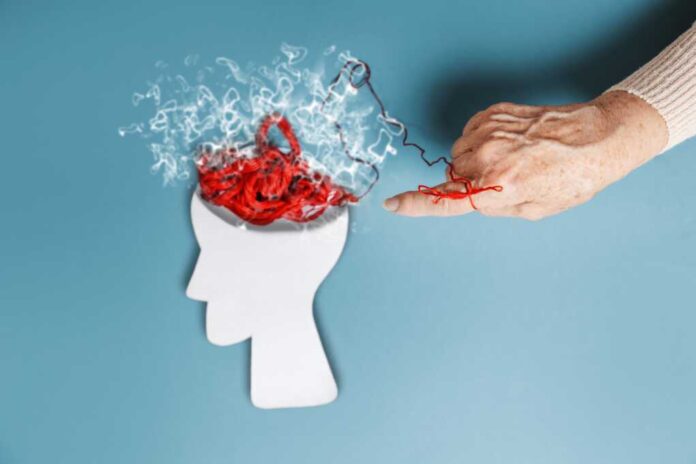
According to a new study, electrical stimulation can boost cognitive function in people with Alzheimer’s. This article examines this claim and the effectiveness of this treatment for relieving the condition’s symptoms.
How Was The Study Conducted?
The scientists examined 140 people from four hospitals who had mild to moderate Alzheimer’s disease. The subjects were randomly assigned to receive either two daily sessions of active (constant low intensity 1-2 mA current) or fake tDCS for five consecutive days of the week for six weeks.
The tCDS was applied to the subjects’ prefrontal cortex, the part of the brain involved in higher order activities, including working memory, planning, decision-making, moderating social behaviors, and specific aspects of speech and language.
How Electrical Stimulation Can Help With Alzheimer’s
Researchers said 133 participants completed the two-week intervention, and 124 completed the six-week intervention. They also said 30 daily 20-minute sessions of tCDS significantly boosted the cognitive function of those in the tCDS group, especially in word recognition.
What Do Experts Think?
Researchers believe that this treatment is innovative and unique because cortisol plasticity is being used as a biomarker of treatment effectiveness rather than brain imaging of AD (e.g., MRI and a head CT scan)
They also said that electrical stimulation emulates regular physiological activity and boosts the creation of new connections between brain cells. This creates an opportunity to regain some function by promoting and restoring connections within the brain cells that are still functional.
Furthermore, researchers said that stimulation can trigger long-lasting changes in the connection between brain cells, affecting how you remember things.
Using Electrical Currents as Treatment
The study’s authors said many individuals have attempted using brain currents to aid memory formation. They also said trial and error may have resulted in the correct factors, such as which areas to stimulate, how much, and what type of current.
They also concluded that a brain with early Alzheimer’s isn’t similar to a normal one, meaning stimulation may change based on what pathways are working and what pathways may no longer be connected.
The authors believe that stimulating the attention area in the frontal lobe is a good idea because attention is the primary step in memory and word finding.
Conclusion
New research shows that electrical stimulation could improve the cognitive functions of Alzheimer’s patients. While more research is needed, the current findings hold much promise concerning memory and word formation.






















